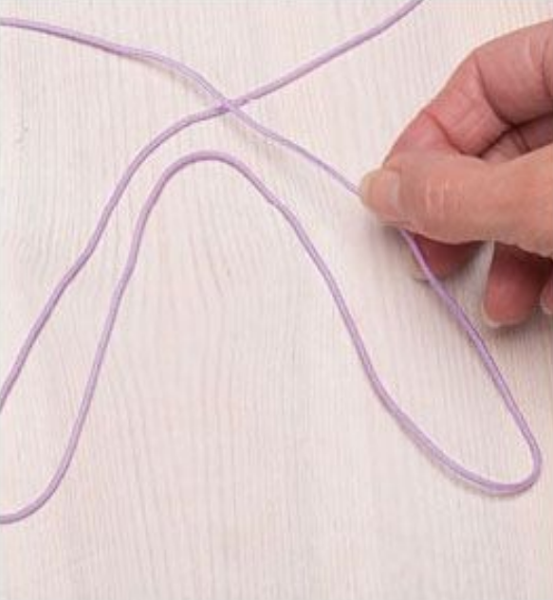QUAD-STRAND TWIST NECKLACE

I think one of the luxuries of paracord is using colorful materials to knot with— especially when working a twist of repeating half knots. I really enjoy this technique when I can indulge in making something that showcases both color and form, like this quad-strand necklace. This can be a 1,2,or 4 color necklace or bracelet that is slim yet looks good This is a necklace I made from 550 paracord. I had seen some necklaces that people made but they all seamed to big or not practical. I wanted something slimmer. So I searched the internet for a weave and came up with the 4 Strand Round Weave. I had never seen a paracord necklace made this way so I just went to it and this is what I got. Its not terribly difficult and its pretty fun. It's a fun craft to make with the family too. I made my wife one too. Although it looks good, it can also be taken apart and used in a survival situation. I hope you enjoy it and I'd love some feedback! Sorr



